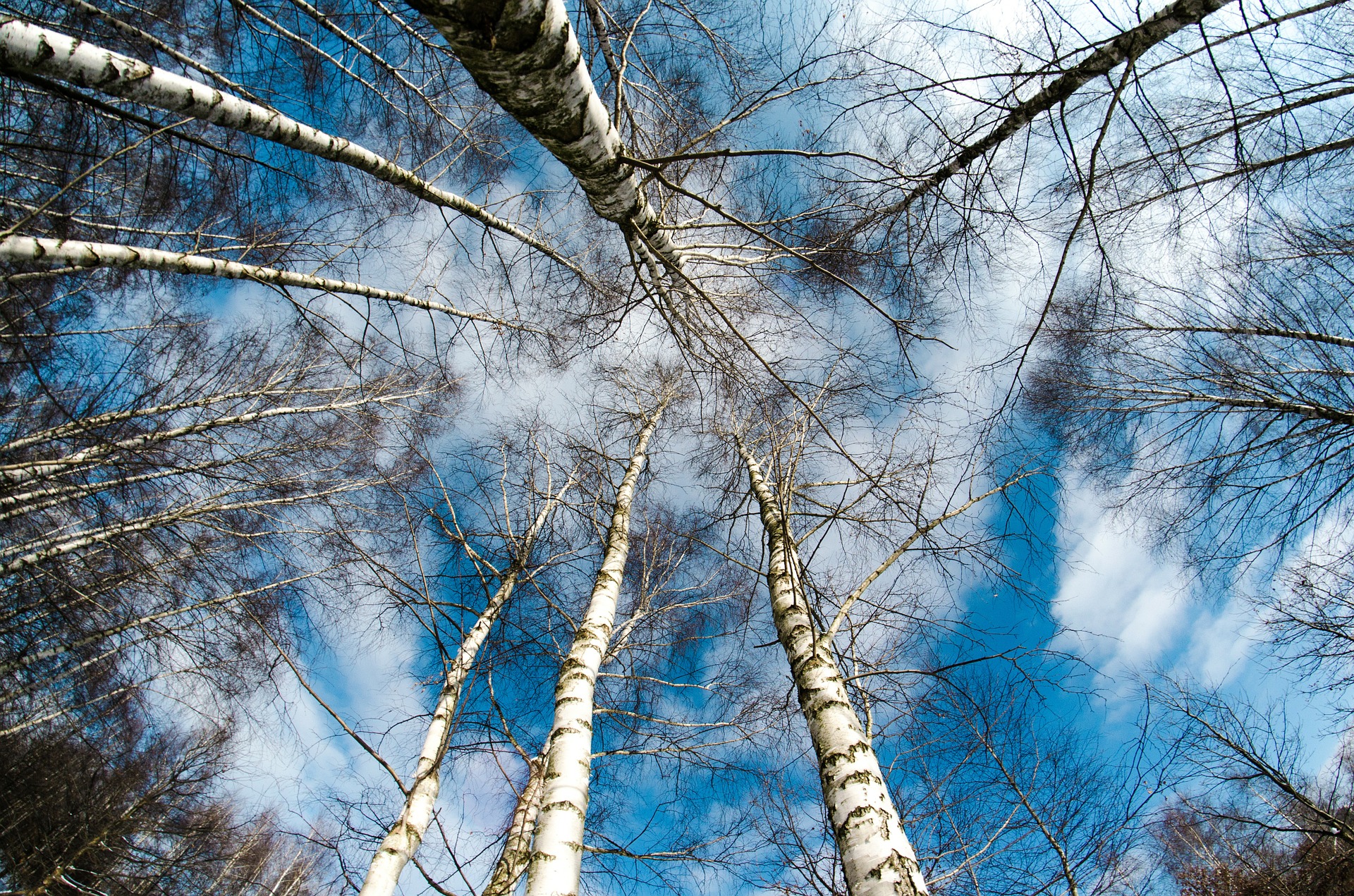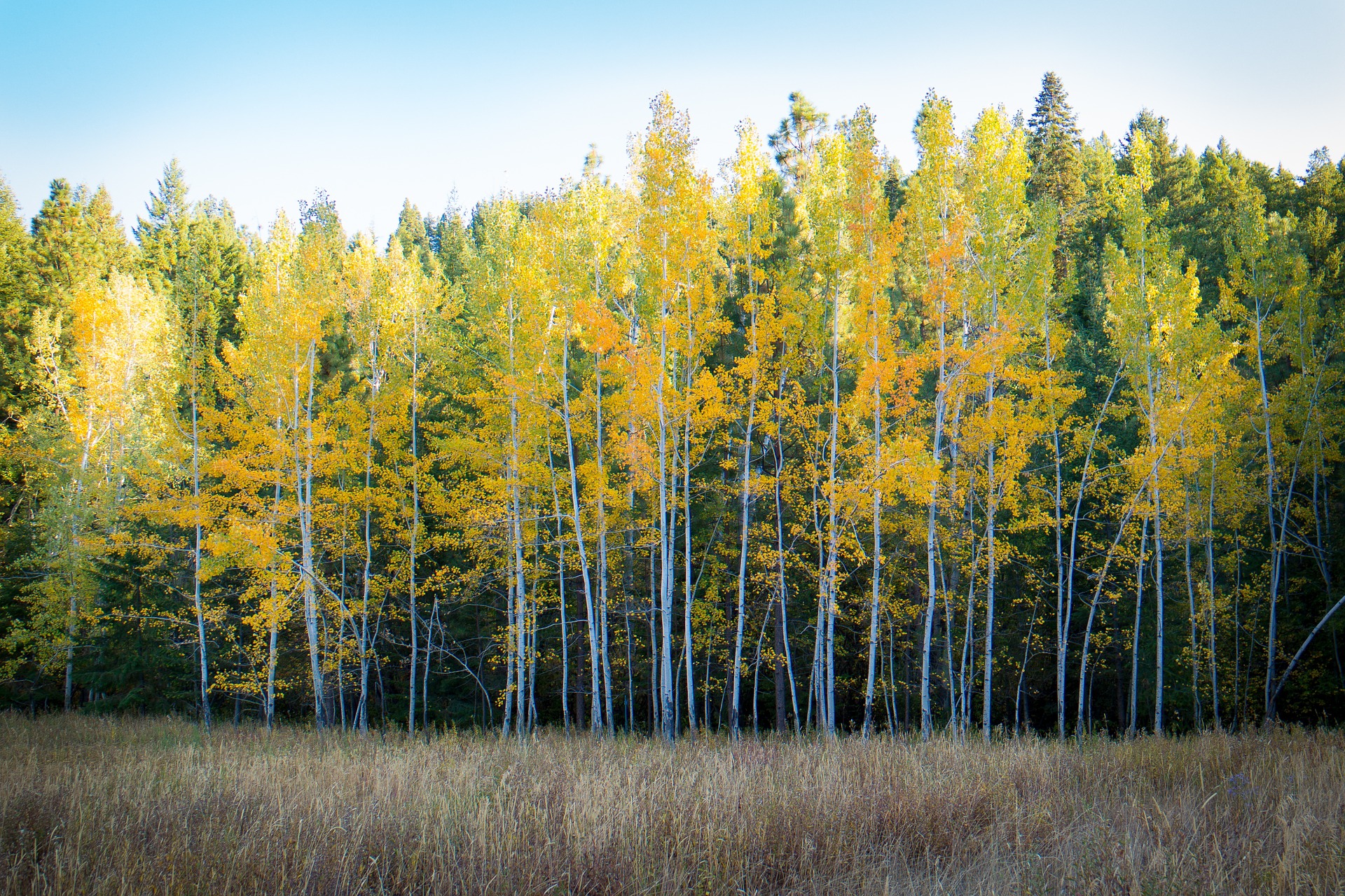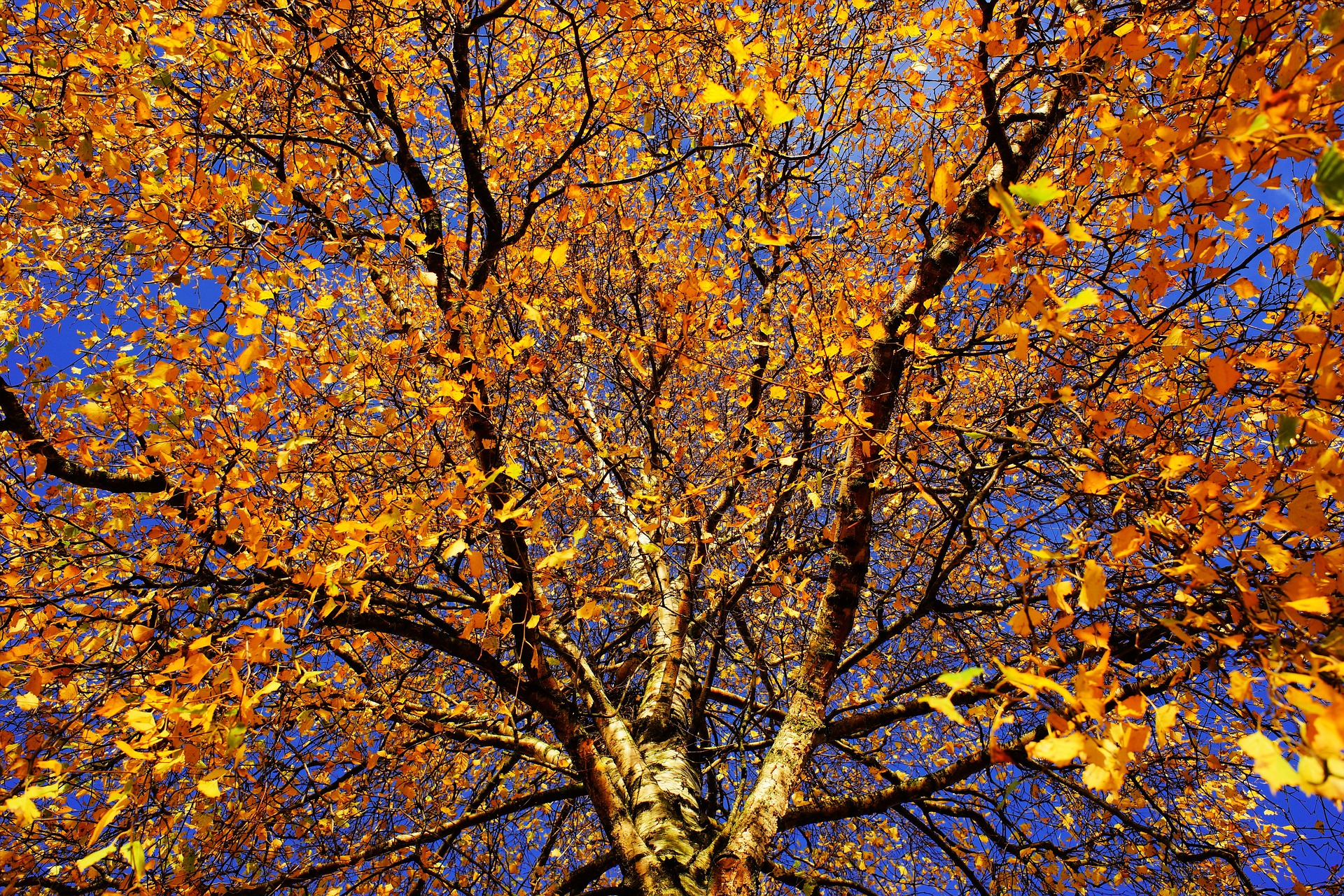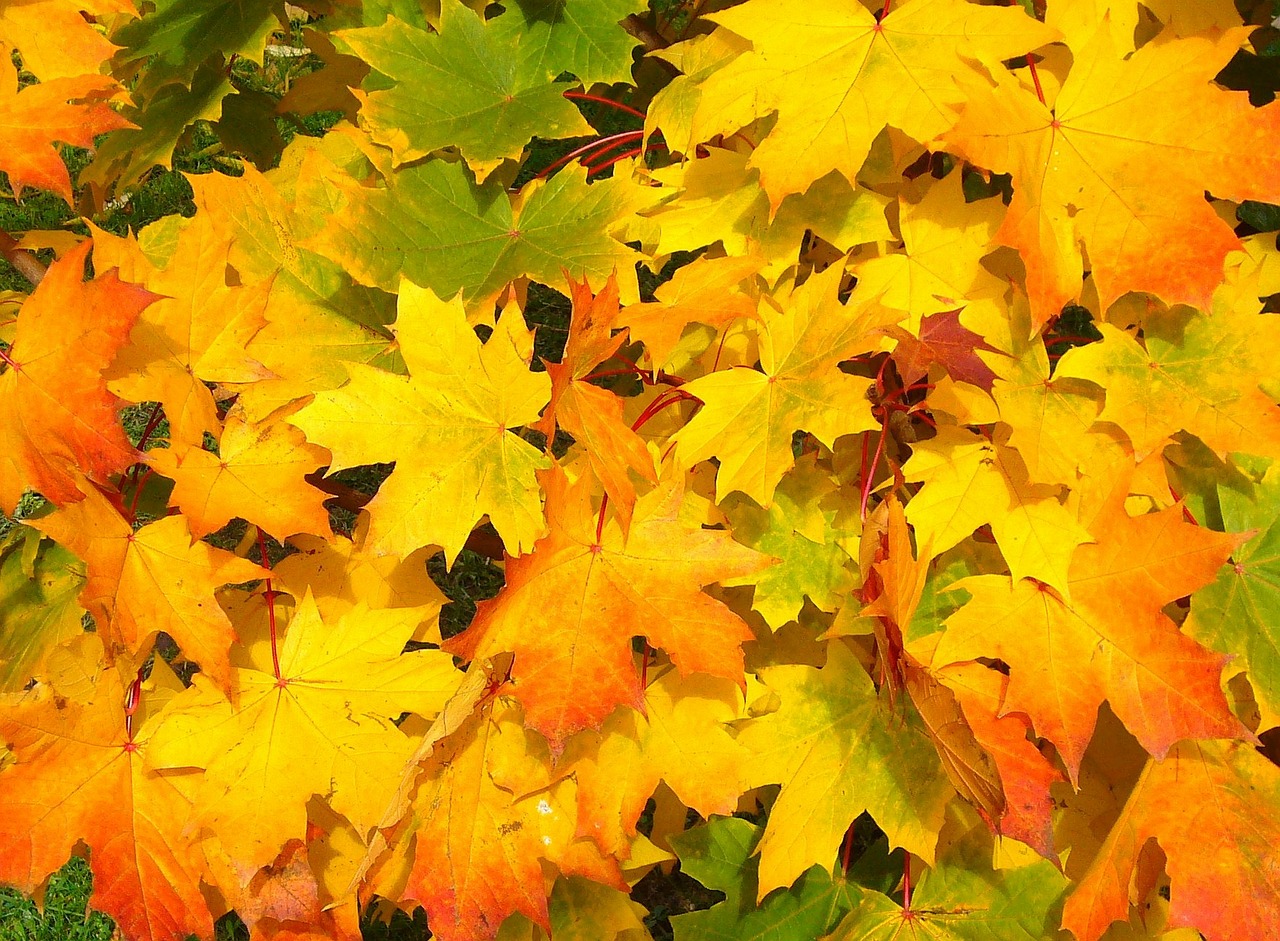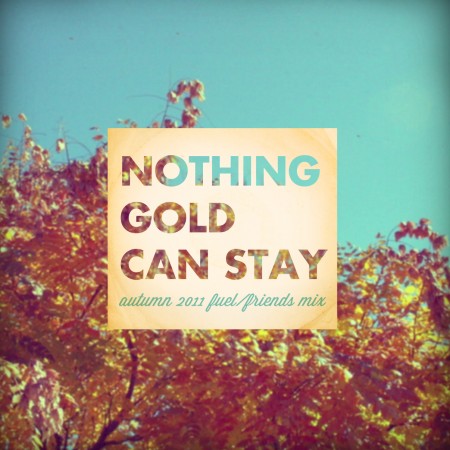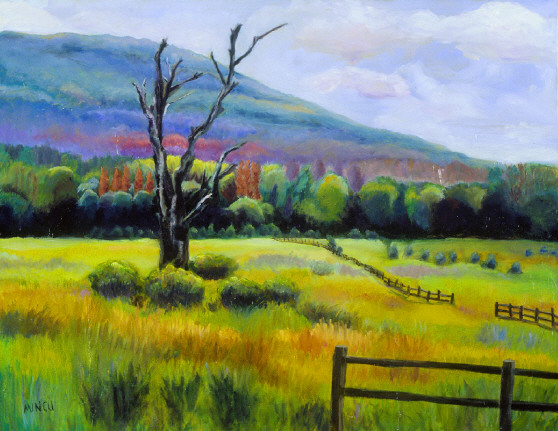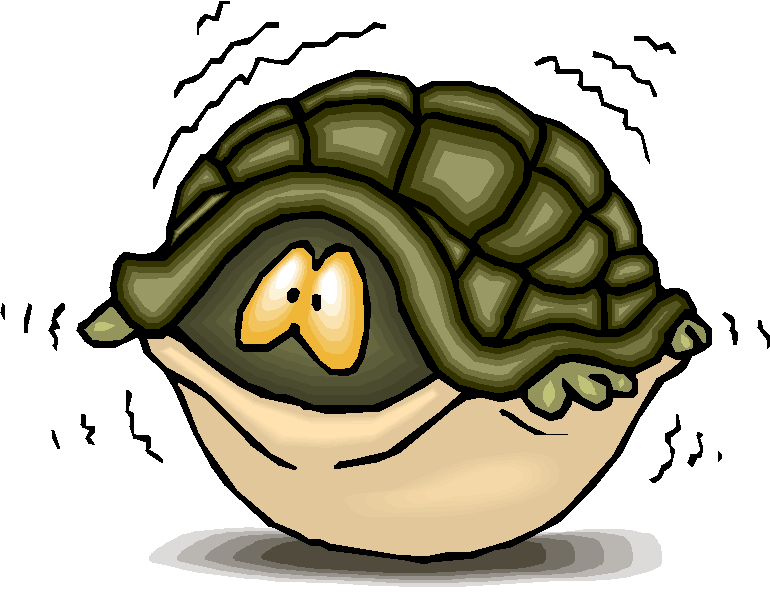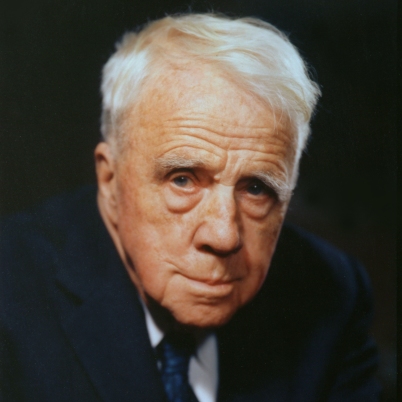Robert Frost’s “Hyla Brook” was published in 1916, as part of Mountain Interval. The poem talks about a brook close to the poet’s farm, which is named after the Hyla frogs which form their breeding grounds at that spot. This is another of Frost’s nature poems, and this one is based on memory and love. Frost writes about the brook using images which are stored at the back of his head as memories.
Hyla Brook Analysis
“Hyla Brook” is a small poem, having just fifteen lines. Frost has managed to bring about the imagery of an entire locality within such a short space. Although the central role is taken up by the brook, Frost goes beyond the boundaries of the central aspect and etches out details of the whole backdrop. About the brook, the poet judges it to be quite the ordinary, without any additional beauty or grandeur. The physical aspects of the brook are not out of the ordinary. In the poet’s own words, Hyla brook is ‘a brook to none but who remember long’. Having no magnificent appearance, Hyla brook flows during the spring season with “song and speed” and makes sounds reminiscent of the “Hyla Breed”, or songs and sounds associated with the frogs which breed along the flow of it.
The brook disappears during the summer season and reappears during the rainy season. Along with it, the frogs also go away to look for greener pastures. With the onset of the peak summer season in the month of June, the brook becomes barely noticeable. Its existence is marked by just the memory in the minds of the persons who have remembrance of its location.
Figuratively speaking, the brook keeps flowing for the people who have seen it in its full pomp and glory. For them, the brook has not disappeared into oblivion. At this juncture, the poet takes a philosophical turn to discuss the essential nature of love and recognition. He is of the view that anyone loving someone or something truly, should love to the fullest capacity. It means that anyone loving something or someone should love the whole, including the elements which may not be rationally attractive. Everything should be loved for what it is, rather than what it ought to be. Limitations are part of all that exists, and that should not hinder someone from loving to the fullest. Love should be all-inclusive. Strengths and weaknesses are part of anything and everything.
Hyla Brook Summary
At the beginning of the poem, the poet introduces us to a brook that runs through his farm. It is named Hyla Brook. The name has been derived from the particular variety of frogs which live and breed in and around the brook. The poet seems to be quite fond of it and loves its presence in the vicinity of his house. This brook has a good flow when there is sufficient rain. However, with the advent of summer and more so of a drought, the brook dries up completely leaving only the memory of its existence behind. The brook is affected directly by the change of seasons. When the rains disappear and summer comes, the brook loses its flow and its appearance changes completely. It either dries up totally, and ‘goes underground’ for hibernation, and subsequently, all the frogs also move to wetter grounds, or it may still exist in the form of a partially filled water body full of weed.
The poet proceeds to depict the condition of the brook when there arrives a drought and everything dries up. During a drought season, the surface of the bed of the brook resembles a “faded paper sheet” or “Of dead leaves stuck together by the heat.” The poet asserts that in its present state, without its sheen, the brook would be unrecognizable to anybody who does not have the memory of its original self. In spite of the present condition of the brook, the poet declares his unconditional love for this natural wonder. He does not need the brook to be in its fullest form and capacity to be appreciated. He sums up his perspective towards the things he loves by adding a beautiful and profound line at the very end of the poem. “We love the things we love for what they are”- a summation of the poet’s personal belief when it comes to loving something or someone.
Some online learning platforms provide certifications, while others are designed to simply grow your skills in your personal and professional life. Including Masterclass and Coursera, here are our recommendations for the best online learning platforms you can sign up for today.
The 7 Best Online Learning Platforms of 2022
- Best Overall: Coursera
- Best for Niche Topics: Udemy
- Best for Creative Fields: Skillshare
- Best for Celebrity Lessons: MasterClass
- Best for STEM: EdX
- Best for Career Building: Udacity
- Best for Data Learning: Pluralsight
